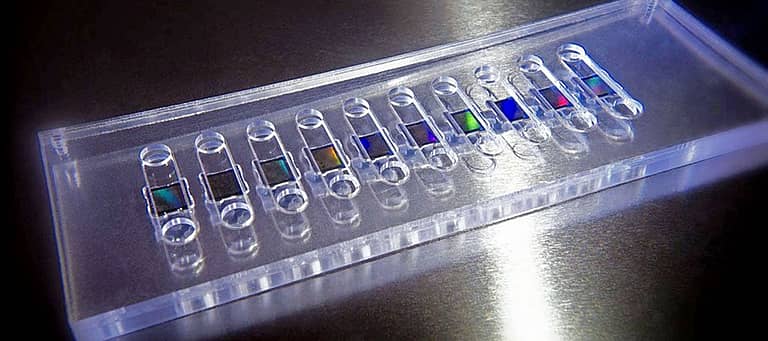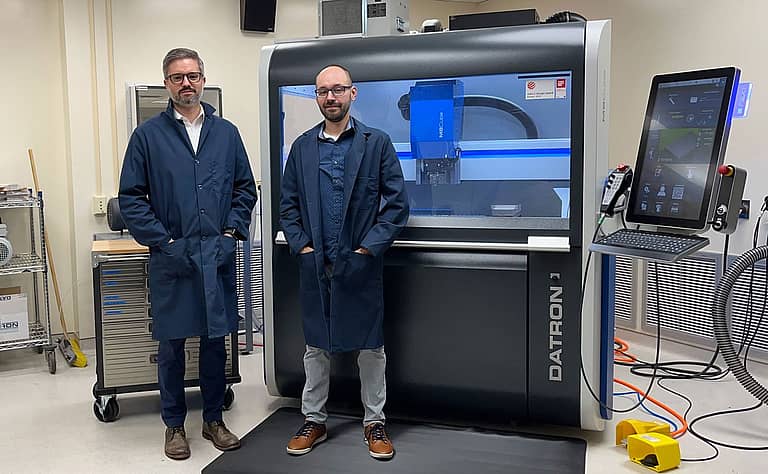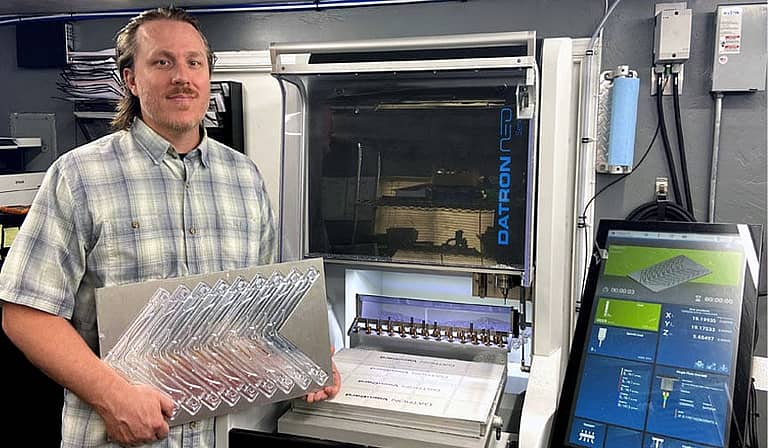In-House Prototyping Transforms PQ Controls’ Production
Originally making junction boxes for fire trucks, PQ Controls has been in the electronics industry since 1973. The Connecticut-based company has since diversified into industrial joy sticks and control systems. Due to its customer success and high product demand, the company expanded to a second production plant in Maine.
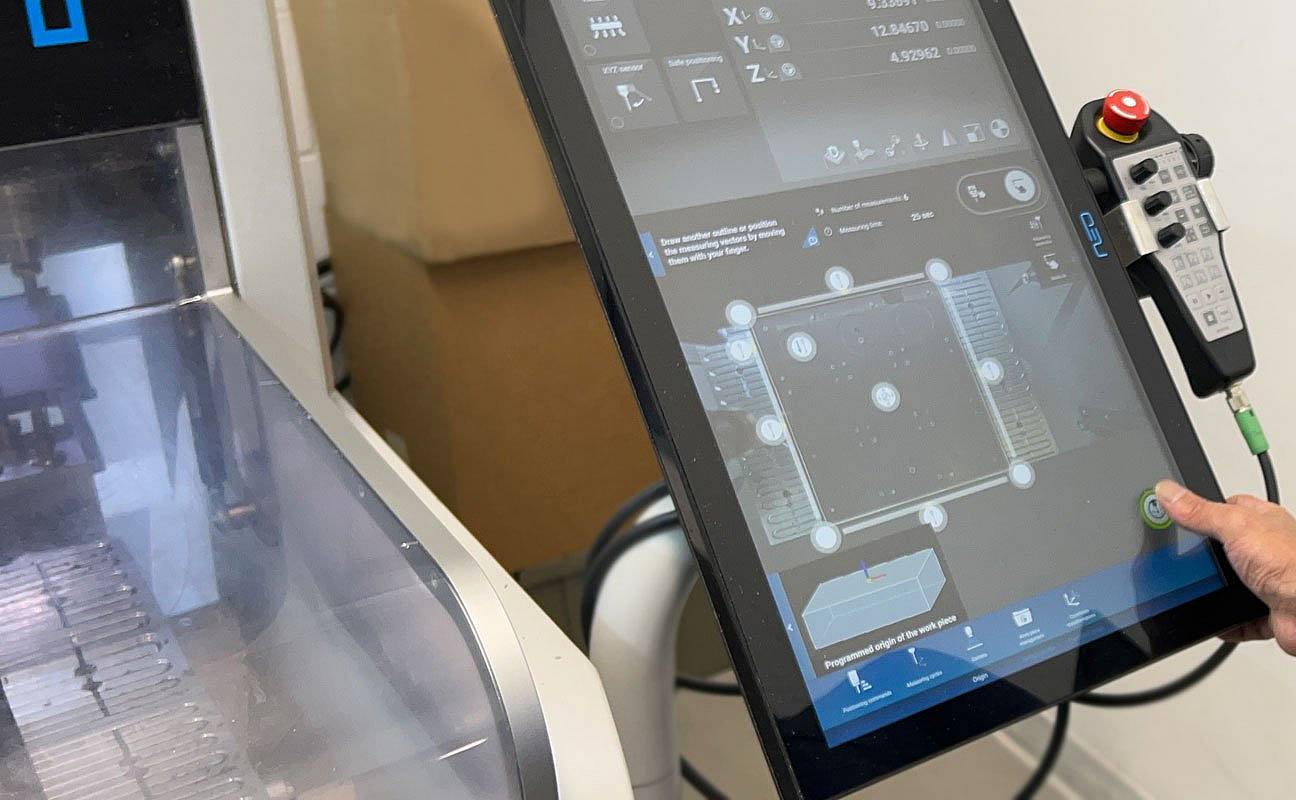
Outsourced Machining Raised Costs and Lead Times
As production ramped up over the years, the company recognized it needed more control over its internal prototyping processes. Outsourcing all the machining for prototypes caused longer lead times and higher costs. The delivery time for a completed prototype had to be much faster to win more business and gain a competitive advantage. PQ Controls also needed to reduce costs on the price of the part itself and eliminate shipping costs from suppliers.
Another reason to bring machining in-house would be to make metal parts. Their engineering team would no longer be restricted to just making plastic parts on their 3D printer. It was clear they needed in-house machining capabilities, which led them to purchase a DATRON neo in 2019, a decision that led the company to completely transform their manufacturing output.
In-house Machining Provides Faster Turnaround Times
Bringing machining in-house with the neo had a huge impact on their prototyping process and the engineering team’s work. One employee proudly proclaims, “It is now a lot easier to make prototypes on the fly rather than waiting for that three-week lead time.”
Their engineering team elaborates, “The design process is much faster now because a lot of times you have a design, and you send it out to get machined, and you get it back, and there’s a thing here or there you need to change. Sometimes, the customer wants something slightly different. Now, instead of having to send out multiple prototypes to be machined by another company, we can just take the part and modify it here.”
Having in-house prototyping capabilities has been particularly important for strengthening relationships with customers. PQ controls recognized it was critical to gain control over the entire design process to get prototypes to their customers quickly, and at a reduced cost.
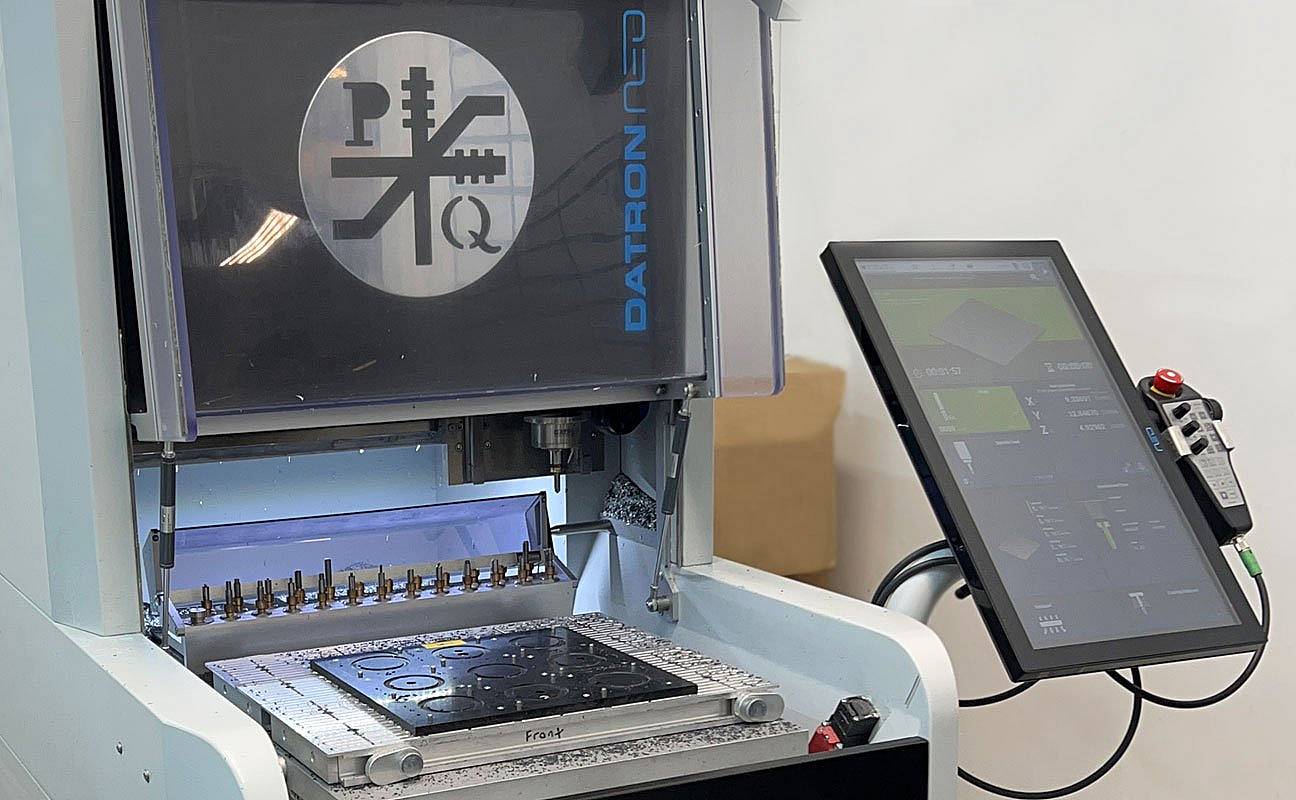
Their sales team explains, “Even though there is a print or 3D file, there is still a lot of room for misinterpretation by a vendor when you discover the part may be off a little bit. The DATRON machine allowed us to take on more business because we were able to get those prototypes to the customer faster than our competitors could. It has drastically reduced our lead times. Instead of sending the part out and waiting 2-3 weeks for it to come back, now we can design a part on a Friday, machine it on Saturday, and give it to the customer on Monday.”
Prototyping to Production with the DATRON neo
PQ Controls quickly saw the neo’s potential beyond just prototyping. They began to interrupt the prototyping process to do simple machining operations for production orders, something which was still being outsourced.
Then, those interruptions gradually started to increase. An employee explains, “Originally, the DATRON neo was only for making prototypes and getting a prototype to a customer fast. Then, it developed into hey, we could make this part. Instead of sending out a part to have holes and threads machined, we started doing it in-house. Again, reducing the lead time and the shipping costs.”
Today, the neo milling machine makes more production parts than prototypes. The employee adds, “We actually have to stop the production to interject prototypes because it’s running almost full-time on production parts now.”
By using the DATRON milling machine for production machining, PQ Controls also reduced their inventory. Before the neo, they needed to stock a wide range of molded parts with various machined cutouts. It was a challenge to stock the correct numbers of configurations for a single molded design. With a CNC machine in-house, they only need to stock the blank molded parts and then machine the ordered profiles.
User-Friendly Control Enables Remote Machining
In-house machining also removed another bottleneck that was becoming an increasing concern. Their engineering team explains, “In a lot of cases, there are parts that we simply cannot get anymore. This could be because of supply chain shortages, price increases, or long lead times. So, instead of having to struggle to find the parts through a vendor, we could order raw stock and machine the part from the ground up on the DATRON, replacing the missing part.”
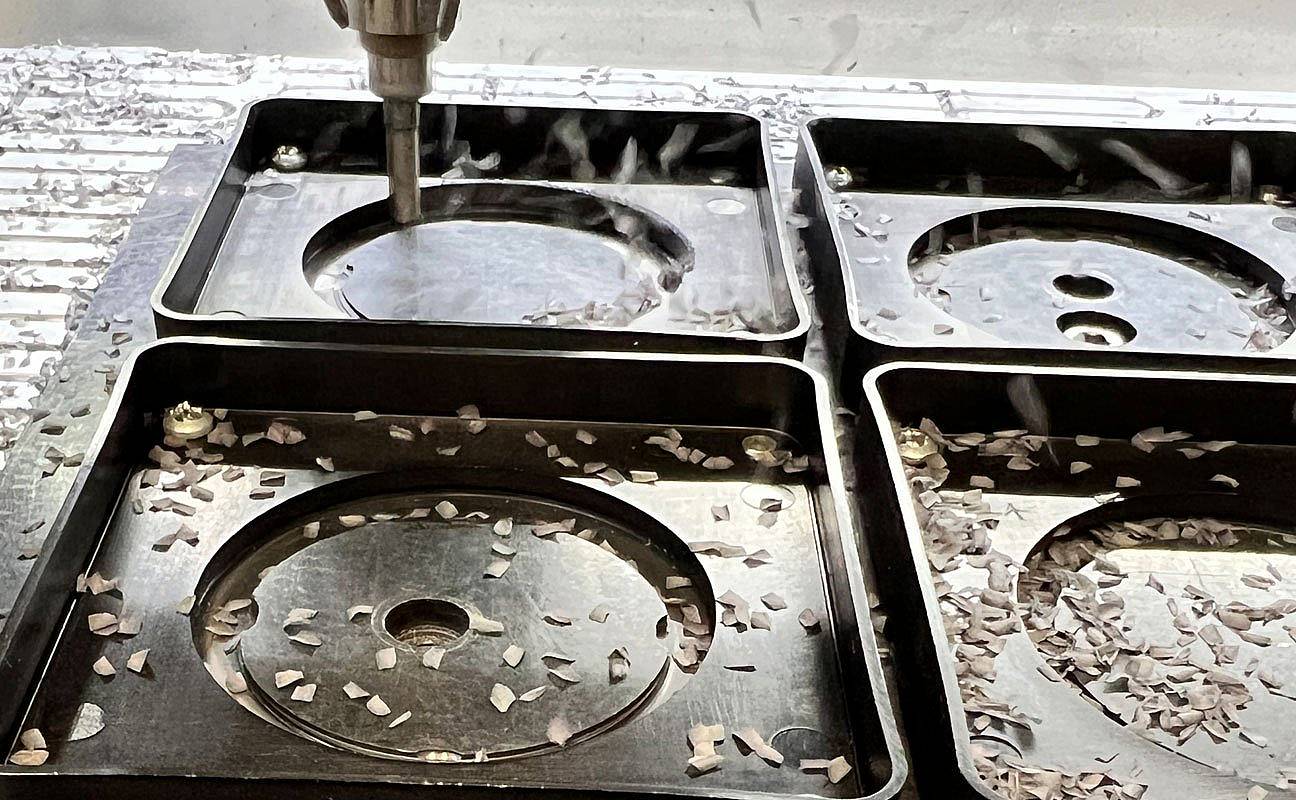
The increasing need to machine parts in-house led them to purchase another machine, a DATRON MXCube, in 2021 for their production facility in Maine. Their sales team shares, “The increased manufacturing demand was the motivation for buying another machine for Maine. We can have Maine do their own parts instead of Connecticut machining for both facilities.”
For a company that traditionally outsourced all its machining, bringing that in-house without experience could be quite an undertaking. Their engineering team said this was not the case for them, “With the DATRON, we’ve actually had fun. It’s been easy to use. Anyone who doesn’t have any sort of machining background is able to go to the machine, pull up a program, and watch a part get made. And they get to feel I did that. It’s just a good, fulfilling experience.”
The intuitive next software, integrated camera, and probing systems make communication between the engineers and machine operator easier. An employee states, “You can essentially train anybody to go out and just run the machine, which I find fascinating.”
The part programming is done in Connecticut, and the engineering team rarely has to travel to Maine to work with their machine operator because the DATRON system is so easy to program and use. Their engineering team shares, “It is easy to use the machine because we can remotely post, edit, or update any program and have the machinists remotely cut the part. Then, we get feedback from the machinists up there about how the parts are coming out and the spindle load readings, and we can make adjustments from there remotely.”
Rapid Prototyping
PQ Controls brings 45 years of engineering experience to manufacturing industrial joysticks and controls.
Improve the manufacturing process with a high-speed milling machine for in-house prototyping and production.




